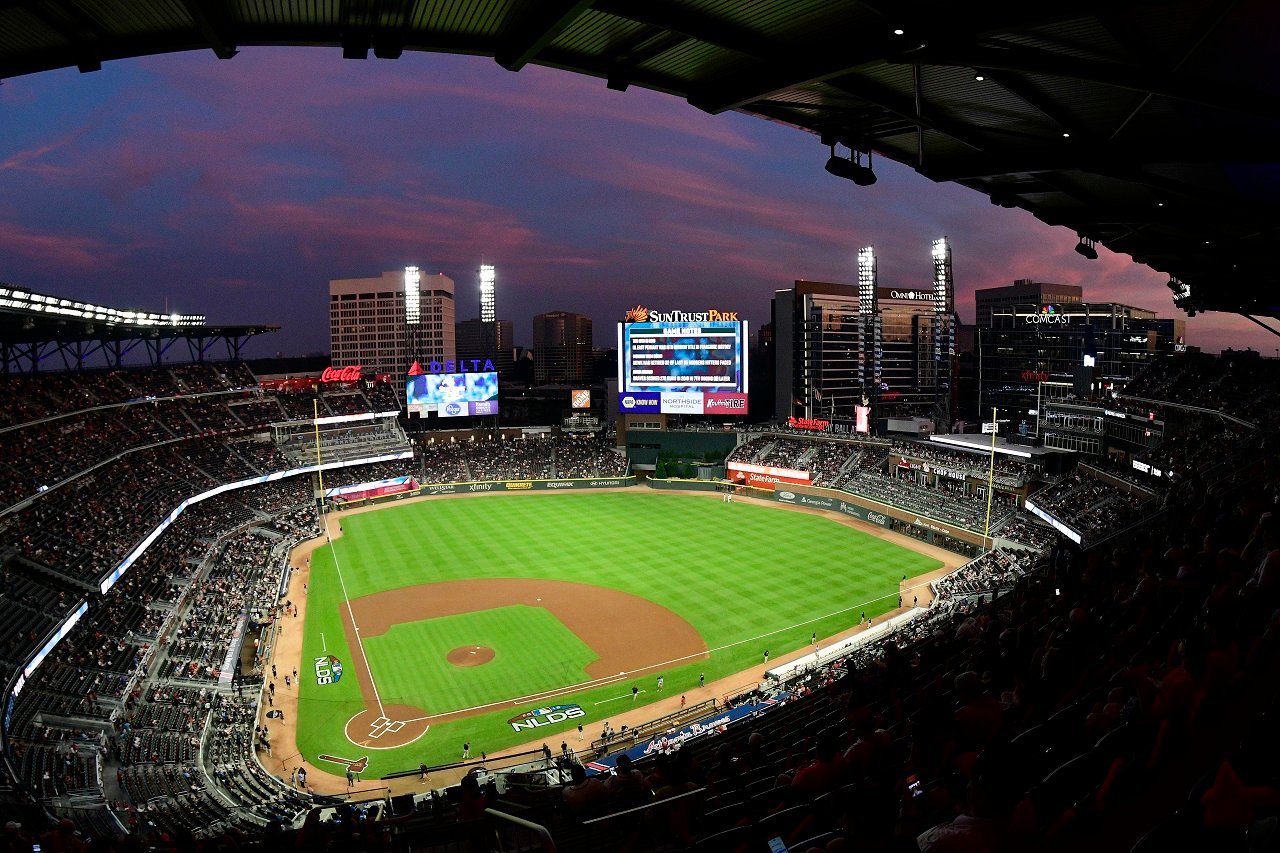(CN) — Major League Baseball began its 2023 season last week, and if it's anything like recent seasons, there should be plenty of home runs.
There were 6,105 home runs in 2017, by far the most ever. That record was smashed in 2019, when homers totaled 6,776 leaguewide. And although the tally hasn't been surpassed, the league hasn't hit less than 5,000 home runs, collectively, in a full-length season since 2015.
Two reasons are typically given for this uptick in homers: data-driven tactics and the ball. More players are swinging for the fences, as evidenced by strikeout totals, which are also higher than ever. It's a phenomenon echoed in the NBA, where players take more three-point shots than they used to because the data shows mid-range jumpers are inefficient ways to score points.
And then there's the baseball itself. A study commissioned by the MLB in 2019 found that the main factor for the increase in home runs was a slight variation in the seams of baseballs, which are hand-sewn in Costa Rica. The report found that the height of the stitches had decreased, on average, by 0.0305 inches since 2015, leading to less drag, or wind resistance.
A new scientific paper, published today in the Bulletin of the American Meteorological Society, argues for a third, albeit rather minor contributing factor: climate change.
Christopher Callahan, a doctoral candidate at Dartmouth University studying climate science, analyzed 60 years of data, amounting to more than 100,000 games, and correlated the relationship between temperatures and home runs. He then used a climate model — a computer simulation showing how climate change has affected temperatures over the years — to measure the effect of climate change on home runs.
He found that between 2010 and 2019, the last 10 years of valuable data, there were about 500 home runs due to climate change — only about 1% of all homers.
"The increase is pretty small up to this point," Callahan said. But, he added, "We know that if temperatures keep going up, there’s going to be more home runs, if everything else stays the same. Under the worse-case trajectory — if we don't curb emissions — there could be 10% more home runs in the late 21st century."
That could be something of a silver lining, at least for some fans. But not Callahan.
"I am in the camp of people that think that home runs have come at the expense of other parts of the game," he said. "That’s not a universally held opinion. But I think that if climate change increases home runs, that will make the game of baseball less interesting."
Callahan's paper echos an earlier work by Alan Nathan, a professor of physics at the University of Illinois Urbana-Champaign. Nathan's research, which approached the problem from more of a physics mindset, was done more or less on a lark, in 2017, after an especially heated World Series, in a very real sense, when temperatures in Los Angels were well in the 90s.
Nathan found that an extra one degree Fahrenheit makes baseballs travel an extra third of a foot, which would amount to a 1% increase in home runs.
"That’s exactly their number," said Nathan, referring to Callahan's new paper. "They arrived at it different way I did. Their analysis was in a sense purely a statistical analysis. What I did was half physics, half statistics."
"It’s really a tiny effect," Nathan added, "compared to other things that play a role. But they have done a really fine study."
One thing the paper illustrates is that the warming climate threatens to change a great many facets of life, from things of life-and-death importance to the far more mundane — say, a game with a stick and a ball.
"One of the reasons we were able to do this research is because the availability of data," said Callahan. "A lot of climate impacts don’t have this trove of data."
He added: "The real risk is that science is only asking the questions it can ask, rather than the questions it should ask."
Subscribe to Closing Arguments
Sign up for new weekly newsletter Closing Arguments to get the latest about ongoing trials, major litigation and hot cases and rulings in courthouses around the U.S. and the world.









